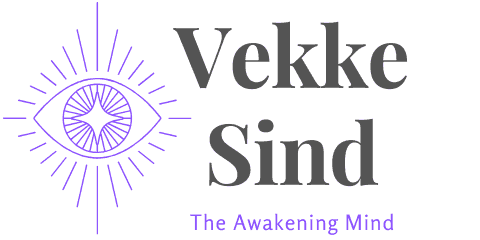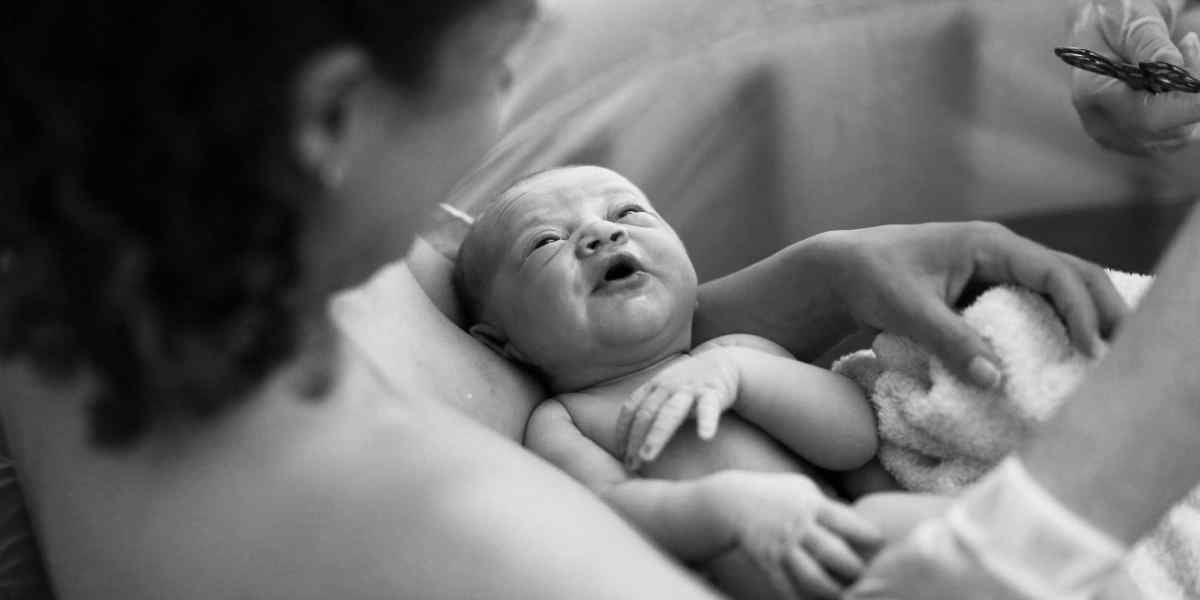The twelve Zodiac signs divide the calendar year into twelve slices of equal length, but are there the same number of people born in each sign? And, what is the most common zodiac sign?
The top contender for most common zodiac sign is Virgo with Cancer as a very close second. Statistical data doesn’t address the exact Sun location at the same time each year and the cusp dates have an effect on the exact statistics for zodiac sign on those specific cusp dates.
A review of data for the United States clearly shows that nine of the top ten most common birthdays fall solidly in the sign of Virgo and that there are generally more birthdays in July, August, and September than in the rest of the year.
As discussed elsewhere on this site (June Cusp, July Cusp), sign cusps shift slightly from year to year, so it is hard to get an accurate count of how many people are born in each sign without seeing each person’s actual chart.
Cultural practices have an impact on bulges and dips in the birthday distribution, so the result varies somewhat by country. Researchers have also found a difference in birthday distribution by latitude that is sensitive enough to cause variance within the United States.
Before we delve deeper into the most common zodiac sign, I want to point out the Related Articles section at the end of this page. I’ve assembled a collection of articles that you will enjoy. Make sure you check them out!
OK, so let’s delve a little deeper into some of the stats and details about Virgo’s birthday and potential dates of conception.
Table of Contents
Statistics
Matt Stiles of The Daily Viz made a heat map of average daily U.S. births from 1994 to 2014 using a data set compiled by FiveThirtyEight.
As depicted on the heat map, the top ten most common birthdays in order from the top are as follows: September 9, September 19, September 12, September 17, September 10, July 7, September 20, September 15, September 16, and September 18.
The boundaries for the sign of Virgo are commonly quoted as August 23 to September 22, as discussed in the article What Zodiac Sign is September?
As explained in What Zodiac Sign is July 22?, the boundaries of any sign shift a little bit from year to year. However, the wiggle room is generally not more than a day, so it is safe to say September 20 is a Virgo birthday.
Time off for holidays
Stiles also provided an estimated conception date for each birthday on the heat map – “266 days prior to birth … based on the normal gestation period for humans, 280 days, minus the average time for ovulation, two weeks.”
The estimated conception dates for nine of the top ten birthdays that are in September fall between December 17 and December 28.
It’s not about people trying to stay warm in cold weather by making babies.
New Zealand in the Southern Hemisphere has hot weather in December, yet their government website Stats NZ provided an analysis of their birth data from 1980 to 2017 finding that “the 10 most common birthdays all appear in the 13-day period from 22 September to 4 October” and “29 September is the most common birthday.”
The common thread is that it is common to celebrate Christmas on December 25 in both the United States and New Zealand.
Five Minutes Free Psychic Reading
I’ve recently started working with an online psychic reading company and I’ve received some great feedback. I’d love it if you could try them out and let me know your experience.
Click here for a 5-Minute Reading!
Many people are therefore on vacation from their jobs around this time of year and have more time than usual for intimacy with their partners.
New Zealand’s peak of birthdays is slightly later than that of the United States, with more early Libra than late Virgo; could it be that New Zealand considers both January 1 and January 2 public holidays for New Year’s Day, while the United States only does January 1?
England and Wales also skew toward the Libra end of September, according to their Office for National Statistics, with their most common birthdate from 1995 to 2016 being September 26.
Changing holidays
The cultural preferences that shape holiday celebrations can shift over time.
Astrologer Sylvia Sky claimed that, while Virgo is the most common sign among Americans over 30, the February holidays of Valentine’s Day, Mardi Gras, and Super Bowl Sunday have taken on more importance over the past 30 years, resulting in more November Scorpio birthdays among the younger U.S. population.
The data set in Stiles’s heat map with nine of the top ten birthdays having the Sun in Virgo is based on U.S. births from 1994 to 2014, and the oldest of those people would not yet be 30 years old, but Sky’s claim is worth keeping an eye on for the future.
The Super Bowl wasn’t even invented until 1967, and one doesn’t need to be an astrologer to see that the pace of cultural change has greatly accelerated between the 1960s and the present.
In such an environment, it’s easier to start new things, and some of them might wind up sticking. Here are a couple of dates to watch for holidays that are beginning to be more widely observed:
Juneteenth – End of Slavery
Juneteenth marks the anniversary of the June 19, 1865 declaration of the end of slavery in Galveston, Texas.
It has been celebrated among the Black community in the United States since 1865, but the rest of the country is finally catching on, and activists are now seeking to make it a federal holiday, as reported by CNN.
The estimated birth date for a June 19 conception is March 12, Sun in Pisces, currently the 219th most common birthday in the United States.
International Talk Like A Pirate Day
International Talk Like A Pirate Day is observed on September 19. While it began as a joke between friends in 1995, even U.S. President Barack Obama was in on it by 2012.
The estimated birth date for a September 19 conception is June 12, Sun in Gemini, currently the 146th most common birthday in the United States.
What about premature births?
What if you were conceived over Christmas break just like everybody else but, instead of coming out a Virgo like you were mathematically supposed to, you were born prematurely as a Leo?
Well, you are still definitely a Leo. One reason why astrologers use birth charts instead of conception charts is that it is simply much easier to reliably know when a person was born than when they were conceived.
There are some situations where the parents do have a pretty good idea of when the child was conceived, but a standard astrological practice has to work more broadly for everyone. Your birth chart is therefore for when you are outside your mother drawing your first breath.
It is therefore not worth it to worry about the chart you were supposed to have had you been born on your due date. The chart you have is the chart you are supposed to have.
There is even some debate about the calculation of due dates. As reported by Business Insider, the figure of a 280-day standard gestation period used for the conception estimates on Stiles’s heat map dates to a German manual for midwives published in 1836.
Researchers at the National Institutes of Health (NIH) then tested this in 2013 and found the median pregnancy length was 268 days, or about 8 months and 25 days. They also found that the length of a pregnancy can vary “by a whopping 37 days, or 5 weeks, spanning before and after the 268-day mark.”
This variance may explain why the bulge in Stiles’s heat map extends from September backward into August and July.
How long is this data good for?
It is important to note that the oldest data in Stiles’s heat map only goes back to 1994, and the oldest data Sky cited only went back to 1973.
As I have described, cultural practices affect the bulges and dips in the birthday distribution – and, as I also noted, the time from the 1960s to the present has been a time of great cultural change.
It may be safe to say there are more people with summer birthdays from then to the present, but it may not be safe to say that that will always continue to be the case or that that has always been the case.
Researchers at the University of Michigan looked back a bit further in the U.S. data to 1931 and found that the bulge in the birthday distribution varies based on latitude to the point there is a difference even between the northern and southern parts of the continental United States, though this gap has narrowed between 1931 and the present.
“In general, the birth peak occurs earlier in the year in locations further from the equator. For example, in the Pre-Baby Boom Era, the birth peak occurred as early as June in the northern states of Oregon and Maine, whereas the peak occurred as late as November in Florida.
The variation in birth peak timing was largest during the Pre-Baby Boom Era when the most out-of-phase states differed by more than five months. During the Baby Boom Era, most states had birth peaks that occurred in August or later.
The only peaks which occurred prior to August were in seven northern states, and this pattern continued during the Modern Era. The earliest birth peaks always occurred in northern states, followed by mid-latitude states, and the latest peaks occurred in southern states.
Across all eras, the latest peak was consistently in Florida, where the peak timing ranged from early October in the Modern Era, to early November in the Pre-Baby Boom Era.”
A Slate article discussing the University of Michigan study also noted the Christmastime spike in conception-related activity.
Virgos who are presently at the peak of the U.S. birthday bulge can enjoy their moment, but it may not last forever.
Changing cultural practices, climate change, and all of the disruptions caused by COVID-19 that may or may not turn out to be permanent have the potential to shift the birthday distribution in the future.
Get a Psychic Reading, 5 Minutes Free
If you are interested in getting a psychic reading, then as a VekkeSind reader, you can get 5 minutes free.
Try it now, click here for a 5-minute reading FREE.
I’d love to hear about your experience. Please connect with me, after you’ve had a reading…
- How is astrology and tarot related?
- What zodiac sign is the smartest?
- What zodiac sign is the most difficult to understand?
- What is the least favorite zodiac sign?
- What is the most favorite zodiac sign?
- What zodiac sign is the most powerful?
- What Zodiac sign is the most hated?
- What zodiac sign is the weakest?
- What zodiac sign is the strongest?
- What zodiac sign is the luckiest?
- What is the best zodiac sign?
Shop Amazon For My Favorite Items…
Have you ever wanted the sound of the ocean splashing in the background as you work at your desk, or cook dinner in the kitchen?
The White Noise Maker is something I use every day. It has 6 sound options including Thunder, the sound of the Ocean, a summer night, rain, and white noise.
I love the sound of rain playing in the background, or the sound of the ocean waves crashing on the sand. Sometimes I use it when I go to bed, or even in my office with my Asakuki Diffuser giving off the gentle scent of lavender in the air.
It`s also nice having the Himalayan salt Lamp on in the background with my Crystal Tree of Life next to it. I have them in my office and they create a “zen” feel for me while I’m working.




Leave a Reply